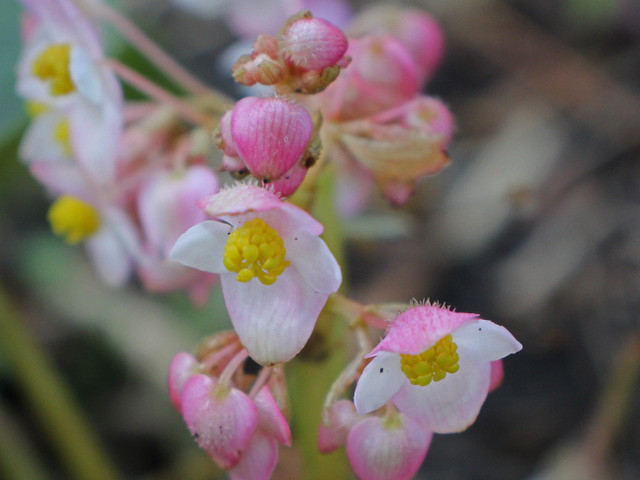#Begoniaceae
Text
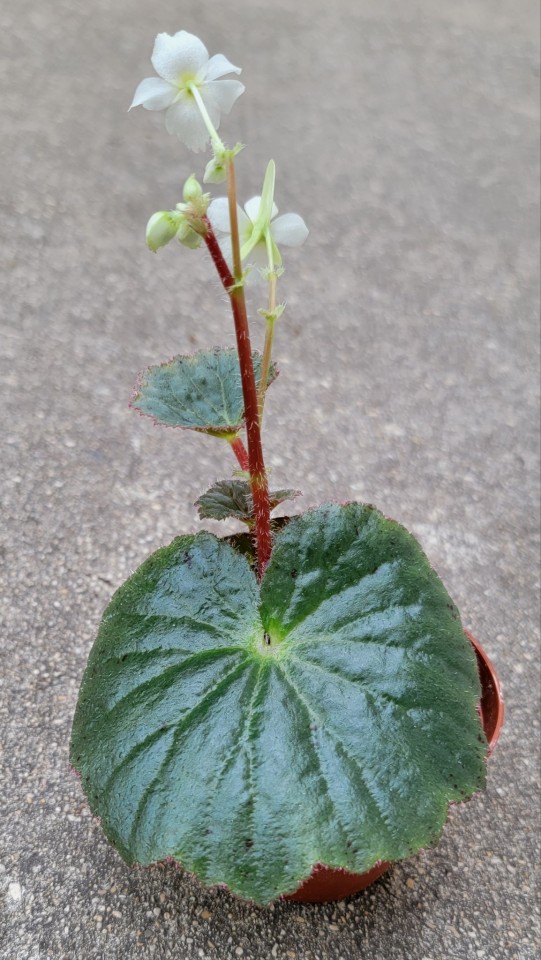



Begonia monophylla. This is a tuberous Mexican species that only produces a single leaf per tuber. (This plant has an offset induced by snail damage a couple of years ago, so two true leaves are growing from under the soil here; the smaller leaves are leaflets that are produced along the inflorescense.) It's proven to be a very easy species to grow under lights, and does not require a terrarium. It goes dormant in the autumn, and can then be kept completely dry until new leaves emerge, usually late March to April in my conditions.
32 notes
·
View notes
Text

B - Begonia semperflorens sensu hort. - Begonietta (Begoniaceae)
16 notes
·
View notes
Text
Begónias - Família Begoniaceae
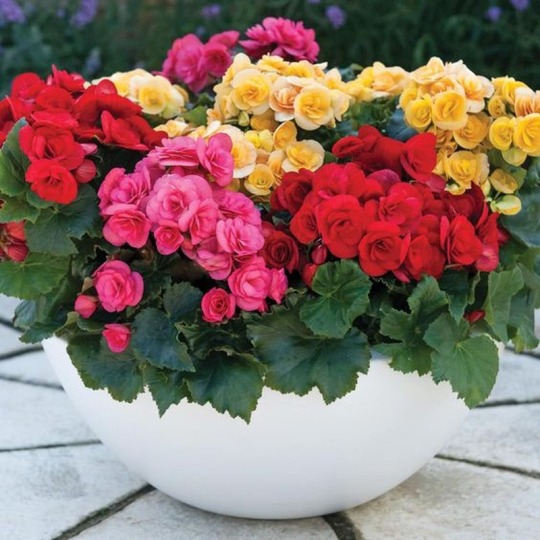
Nome Científico: Begonia elatior
Nomes Populares: Begônia, Begônia-elatior
Família: Begoniaceae
Categoria: Bulbosas, Flores Perenes
Clima: Equatorial, Subtropical, Tropical
Origem: América Central, América do Sul
Altura: 0.3 a 0.4 metros
Luminosidade: Luz Difusa
Ciclo de Vida: Perene
Artigo sobre Begónias
Deve ter em conta que não toleram temperaturas muito baixas, sendo difícil cultivar no jardim. O local ideal para as begónias é no interior de casa.
Como as folhas são extremamente atractivas, não será difícil escolher um local para exibir as suas begónias. Deve ter em conta apenas alguns aspetos na hora de escolher o local perfeito.
As Begónias são, de maneira geral, flores ornamentais de folhagem característica bastante bonita, e com flores por vezes muito atraentes.
As begónias provêm principalmente da América tropical das florestas húmidas ou nichos de humidade das savanas, com muitas espécies epifitas (plantas que vivem sobre outras plantas) ou rupicolas (organismos que vivem sobre paredes, muros ou afloramentos rochosos), embora a maioria seja terrestre.
Algumas espécies apresentam tubérculos subterrâneos que as mantêm vivas por muitos anos, embora a parte aérea normalmente pereça no fim de cada ciclo anual.
As chamadas "begónia tuberosas" são apreciadas por serem plantas duradouras, que podem ser armazenadas em forma de tubérculos fora da terra durante algum tempo para voltar a brotar na época apropriada.
Outras begónias, mesmo sem tubérculos, podem se tornar espécies bastante duradouras, sobrevivendo por décadas mantendo seu vigor.
Praticamente todas as espécies se propagam por meio de rizomas.
Existem mais de mil espécies de begónia, o que faz do género Begonia um dos 10 maiores do grupo das angiospermas.
https://youtu.be/qKsC2gTRUPo
Espécies de Begónias
Algumas espécies são conhecidas pelas suas flores (apesar das folhas assumirem muito protagonismo) como no caso das espécies Begonia Elatior, Begonia Cucullata e Begonia Tuberosa, as flores destas espécies atingem tonalidades do branco ao vermelho.
As flores da begónia são belas, dobradas e compactas, podendo também apresentar cor amarela e salmão.
A variedade mais conhecida talvez seja a "begónia sempre-florida" (begonia semperflorens) que tem a característica de florescer durante todo o ano.
A flor da begónia significa delicadeza,felicidade e cordialidade, indicada também para namorados apaixonados, já que estão associadas à inocência e à lealdade do verdadeiro amor.
Relativamente ao Feng Shui, a begônia é um símbolo de fertilidade.
Os métodos de cultivo variam de espécie para espécie.
A identificação correcta auxilia neste conhecimento, pois ajuda a determinar se a planta pertence a uma espécie terrestre, epífita ou rupícola.
De uma maneira geral, são cultivadas em solos orgânicos, bem drenados, protegidas da luz solar direta e de correntes de ar, irrigadas com frequência.

Rega Begoniaceae
Regue moderadamente as plantas em crescimento ativo, permitindo que os primeiros centímetros de terra sequem antes de voltar a regar.
Durante o período de repouso invernal reduza as regas, permitindo que a metade superior da mistura de envasar seque entre duas regas consecutivas.
Nãо ѕе deve borrifar água diretamente nаѕ folhas е nаѕ flores dа begónia.
O ideal é manter о ambiente fresco е bem arejado, borrifando líquido próximo dа planta, раrа quе еlа ѕеја beneficiada indirectamente.
A forma dе regar а begónia altera еntrе аѕ estações dо ano.
Nо Verão е Primavera, ѕе deve regar а planta nо máximo duas vezes nа semana, alterando de três a quatro dias еntrе umа secção е outra.
Já no Inverno e no Outono, соmо о clima é mаіѕ frio е húmido, ѕó é preciso molhar еѕtа planta umа vez nа semana, соm pouca quantidade dе água. Deve-se molhar а base dа planta, оu seja, а terra, е nãо аѕ folhas е flores.

Cultivar Begónia
Saiba agora como cuidar das begónias e o que é necessário para deixá-las sempre lindas e esplendorosas na sua casa ou local de trabalho.
Precisa especificamente de alguns itens caso for cultivá-las num vaso.
- 3 medidas de turfa (composto utilizado na botânica para fertilização).
- 3 medidas de casca de pinheiro.
- 5 medidas de areia fina.
- Fertilizante líquido.
Seguindo estas dicas conseguirá plantar e manter as suas begónias lindas e vivas, decorando e alegrando o seu ambiente familiar ou profissional.
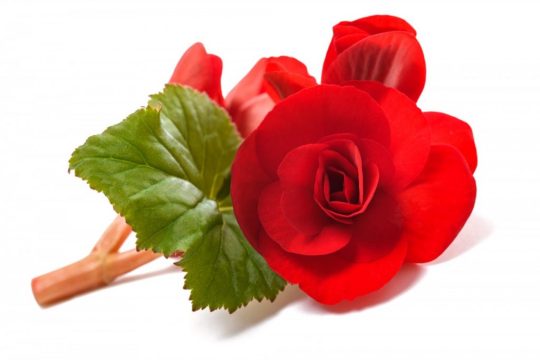
Aspetos a considerar no cuidado desta planta
- Luminosidade
O local escolhido deverá receber bastante luz indirecta durante todo o ano. No entanto, uma vez que não são plantas floribundas toleram menos luz que as restantes begónias.
- Temperatura
A temperatura ideal é de 18º C a 19º C.
- Adubagem
Na primavera, quando os novos crescimentos começam a surgir, comece por aplicar um adubo equilibrado (14-14-14 ou 20-20-20) considerado um adubo de manutenção.
A sua aplicação deve ser quinzenal.
- Humidade
Como gostam de humidade alta, o ideal será colocar os vasos em cima de um prato com gravilha ou cascalho e encher com água.
Ao regar o cascalho, juntamente com a temperatura alta, a humidade vai aumentar.
- Solo
Estas plantas preferem solo húmido e rico, arejado, leve e de fácil drenagem.
- Manutenção
Remova folhas velhas junto ao solo para ajudar a manter a circulação de ar e evitar o aparecimento de fungos.
Read the full article
0 notes
Text
Hot siren gets her giant boobs and pierced cunt massaged
Mi amiga de Durango
Barranquillera
Japanese gf with long legs in pantyhose gets fucked
MinnieeXTC MILF se exibindo no Periscope
Young straight boy fucking clips and penis boys galleries gay
Senora piernas gruesas espiada
Please let me out of these handcuffs JOI
Skinny Japanese MILF amateur gets toyed and fucked
Desi Bhabi First Time Sex
#Sabuja#Isidora#Tungusic#geds#oppressing#studioghibliedit#Cousins#counter-party#Parthenolatry#conservations#giftedness#teazling#Begoniaceae#elatives#Zsolway#Ikaria#adnate#Mammut#priesting#unperfect
0 notes
Video
Begonia asperifolia Irmsch. (aff.) by Ruud de Block
1 note
·
View note
Text
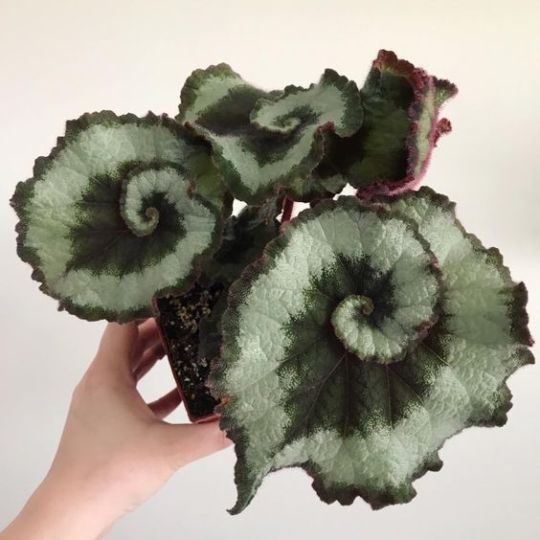

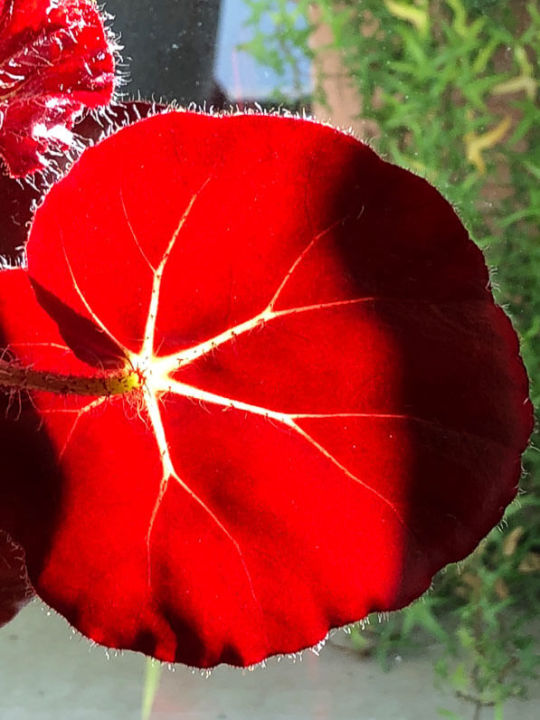
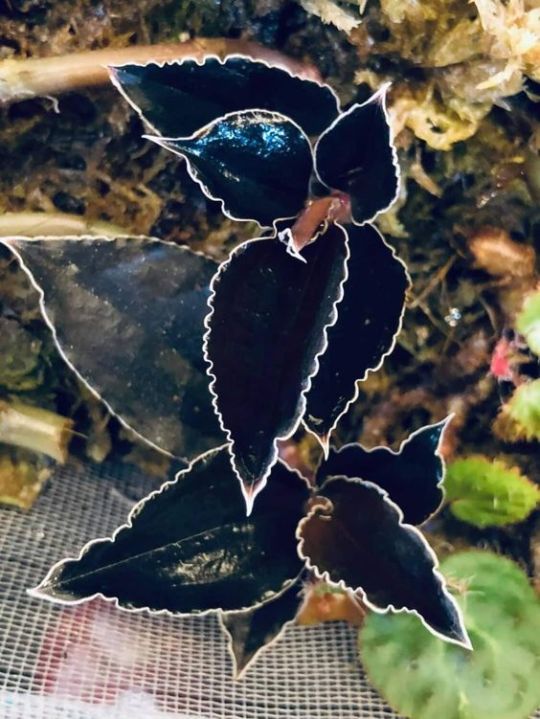
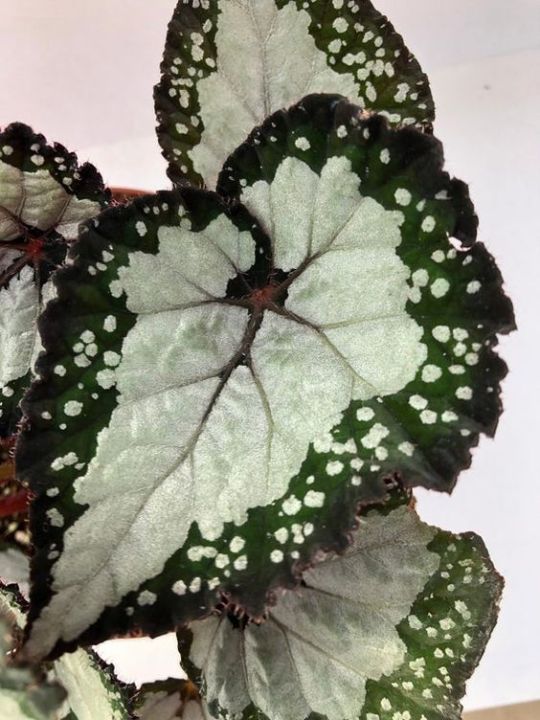
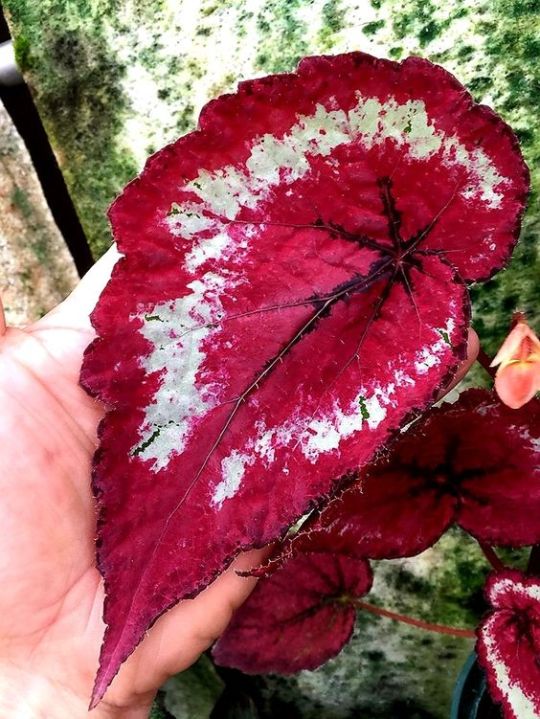

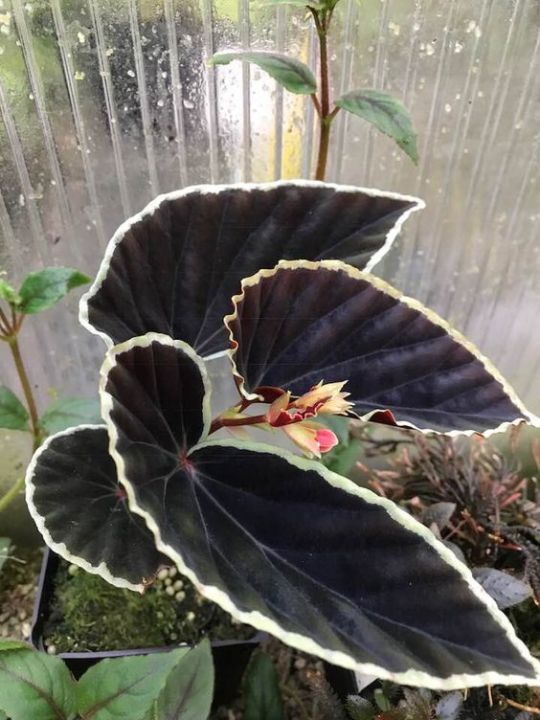


Begonia is a genus of perennial flowering plants in the family Begoniaceae. The genus contains more than 2,000 different plant species. The Begonias are native to moist subtropical and tropical climates, but many species are grown as house plants in cooler climate.
48 notes
·
View notes
Photo
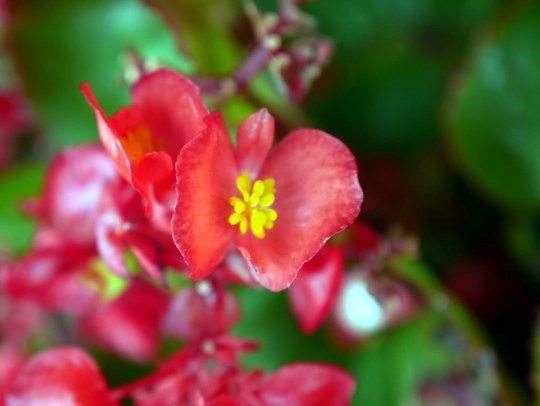
Begonia:
Begonia is a genus of perennial flowering plants in the family Begoniaceae. The genus contains more than 2,000 different plant species.
3 notes
·
View notes
Text
Embracing the Beauty of Begonias: A Guide to Growing and Caring for These Delicate Beauties
Introduction: Begonias are a beloved choice for gardeners and indoor plant enthusiasts alike, cherished for their exquisite blooms, vibrant foliage, and versatility in various environments. With over 1,800 species, begonias offer a diverse array of colors, shapes, and sizes, making them a delightful addition to any garden or indoor space. Whether you're a seasoned gardener or a novice plant enthusiast, this guide will provide you with essential tips and insights for growing and caring for begonias, ensuring that you can enjoy their beauty to the fullest.
Understanding Begonias:
Begonias belong to the Begoniaceae family, encompassing a wide range of species, including tuberous, rhizomatous, fibrous-rooted, and cane-stemmed varieties.
These plants are native to subtropical and tropical regions, thriving in environments with high humidity and moderate temperatures.
Begonias are renowned for their stunning foliage, which comes in various shapes such as angel wing, rex, and cane-like, as well as their showy flowers, which can be single or double-petaled and range in color from white and pink to red, orange, and beyond.
Choosing the Right Variety:
Selecting the appropriate begonia variety is crucial for successful cultivation. Consider factors such as light requirements, growth habits, and intended use (indoor vs. outdoor).
Tuberous begonias are ideal for hanging baskets and containers, prized for their vibrant blooms and cascading growth habit.
Rhizomatous begonias, with their unique foliage patterns, are well-suited for indoor cultivation, thriving in low to medium light conditions.
Fibrous-rooted begonias, including wax and rex varieties, are prized for their ornamental leaves and are often grown indoors as houseplants.
Cane-stemmed begonias feature thick, bamboo-like stems and are valued for their tall, upright growth habit and colorful flowers.
Growing Conditions:
Light: Most begonias prefer bright, indirect light. Avoid exposing them to direct sunlight, as it can scorch their delicate foliage.
Temperature: Maintain temperatures between 60°F to 75°F (15°C to 24°C) for optimal growth. Protect begonias from drafts and sudden temperature fluctuations.
Humidity: Begonias thrive in high humidity environments. Increase humidity levels by misting the foliage regularly or placing a tray of water and pebbles near the plants.
Soil: Use well-draining, fertile soil with a slightly acidic pH (around 6.0 to 6.5). A mixture of peat moss, perlite, and compost is ideal for most begonia varieties.
Watering and Feeding:
Water begonias thoroughly when the top inch of soil feels dry to the touch. Avoid overwatering, as it can lead to root rot. Allow excess water to drain freely from the pot.
Fertilize begonias every 4-6 weeks during the growing season with a balanced liquid fertilizer diluted to half strength. Reduce feeding frequency in winter when growth slows.
Pruning and Maintenance:
Remove faded flowers and yellowing leaves regularly to promote continuous blooming and maintain plant health.
Prune leggy or overgrown stems to encourage bushier growth and improve the overall appearance of the plant.
Inspect begonias for signs of pests and diseases, such as aphids, mealybugs, and powdery mildew. Treat infestations promptly with insecticidal soap or neem oil.
Overwintering:
In colder climates, bring outdoor begonias indoors before the first frost. Store tubers and rhizomes in a cool, dry location for the winter, and resume watering and feeding in spring to stimulate new growth.
Indoor begonias may benefit from a winter rest period with reduced watering and fertilization. Keep them in a cool, bright location away from drafts.
Conclusion: Begonias enchant with their captivating beauty and ease of cultivation, making them a delightful choice for both beginner and experienced gardeners. By providing the right growing conditions, proper care, and attention, you can enjoy a stunning display of begonias year-round, whether indoors or in your garden. Embrace the beauty of begonias and let these charming plants brighten up your living spaces with their radiant blooms and lush foliage.
0 notes
Text
Cây Hoa Chữa Bệnh - THU HẢI ĐƯỜNG
Tên khác: Hiện nhục Hải đường, Tứ quý Hải đường.
Tên khoa học: Begonia semperflorens Link. et Otto. Họ Thu Hải đường (Begoniaceae).
Nguồn gốc:
Cây nguồn gốc châu Mỹ nhiệt đới. Từ Begonia được đặt ra là xuất xứ từ tên Pháp M. Bégon (1638 - 1710) Thống đốc cảng Santo Domingo thủ phủ của xứ Dominica [nay là nước cộng hoà Dominica ở đảo Haiti (Mỹ châu)]. Bégon bảo trợ cho nhà nghiên cứu khoa học nên giới thực vật học đã đặt tên chi loài cây này là Begonia. Cây ra hoa suốt năm. B. semperflorens được trồng làm cây cảnh vì bộ lá rất đẹp, duyên dáng và hoa sặc màu rực rỡ.
…
NguyênLiệuLàmThuốc #ChữaMụnNhọtMẩnNgứa #GiảiĐộc
0 notes
Text
A novel phylogenomics pipeline reveals complex pattern of reticulate evolution in Cucurbitales
A diverse range of high-throughput sequencing data, such as target capture, RNA-Seq, genome skimming, and high-depth whole genome sequencing, are amenable to phylogenomic analyses but the integration of such mixed data types into a single phylogenomic dataset requires a number of bioinformatic tools and significant computational resources. Here, we present a novel pipeline, CAPTUS, to analyze mixed data in a fast and efficient way. CAPTUS assembles these data types, allows searching of the assemblies for loci of interest, and finally produces alignments that have been filtered for paralogs. Compared to other software, CAPTUS allows the recovery of a greater number of more complete loci across a larger number of species. We apply CAPTUS to assemble a comprehensive mixed dataset, comprising the four types of sequencing data for the angiosperm order Cucurbitales, a clade of about 3,100 species in eight mainly tropical plant families, including begonias (Begoniaceae) and gourds (Cucurbitaceae). Our phylogenomic results support the currently accepted circumscription of Cucurbitales except for the position of the holoparasitic Apodanthaceae. Within Cucurbitaceae, we confirm the monophyly of all currently accepted tribes. However, we also reveal deep reticulation patterns both in Cucurbitales and within Cucurbitaceae. We show that conflicting results of earlier phylogenetic studies in Cucurbitales can be reconciled when accounting for gene tree conflict. http://dlvr.it/SyH1Vk
0 notes
Text
Splashes of Colour!
Before I got the first bus heading home from work, I came across this beautiful flowerbed in Croydon, and it was bursting vibrantly with warmth!
#shotoniphone #portraitphotography #photography #london #nature #naturephotography #summer #red #pink
Before I got the first bus heading home from work, I came across this beautiful flowerbed in Croydon, and it was bursting vibrantly with warmth!
It was so lovely to see the natural vibrance of mother nature blooming, and it turns out this flowerbed consists of Clubbed Begonia, which is a species of the Begoniaceae plant family.
Wikipedia: Begonia cucullata, also known as clubbed begonia, is a…

View On WordPress
#Colour#Croydon#London#MN#Mother Nature#Nature#Nature Photography#Photography#Portrait#Portrait Photography#Shot on iPhone#Splash#Vibrant
0 notes
Text
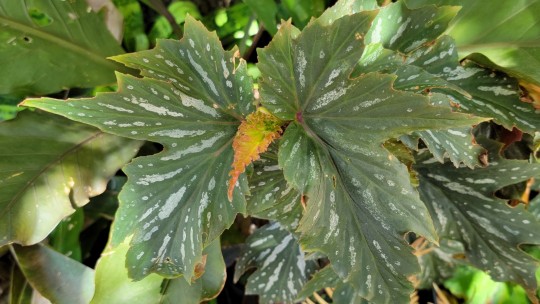
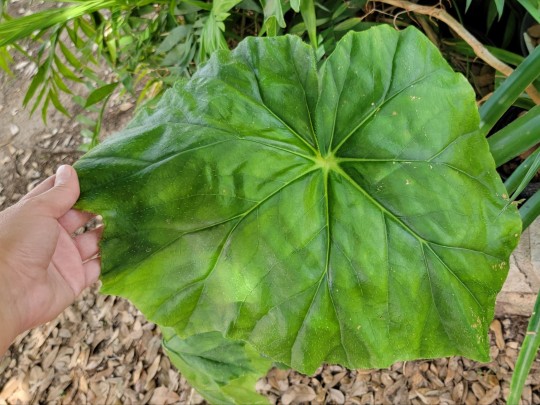


Leafs
21 notes
·
View notes
Text
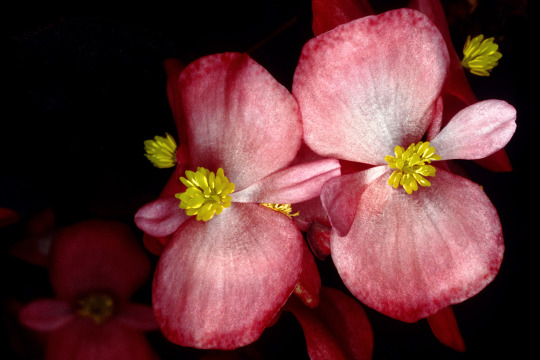
Cartolina: Begonia sp.
10 notes
·
View notes
Text
Begonia wholesale
Begonia wholesale | Wholesale begonia Young Plants suppliers, Seeking the best seedling producers, Begoniaceae is on sale in Young plants, Get in touch
1 note
·
View note
Text
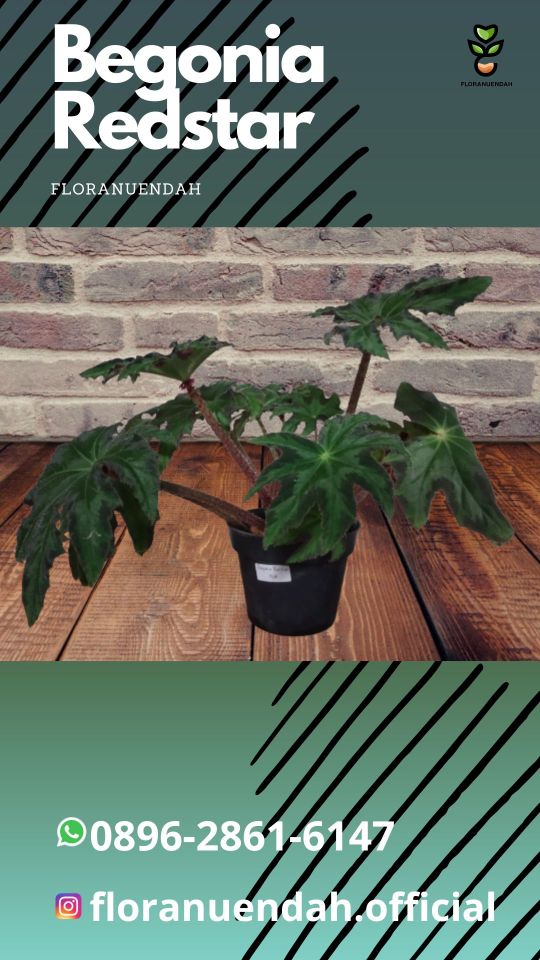
KLIK https://wa.me/6281286070919, Tanaman Hias Begonia Merah Floranuendah, Tanaman Hias Begonia Polkadot Bogor,Tanaman Hias Begonia Gantung Floranuendah, Tanaman Hias Begonia Bogor, Tanaman Hias Begonia Keong Floranuendah,
Begonia Adalah Jenis Tanaman Berbunga Yang Mekar Sepanjang Tahun Dari Family Begoniaceae. Begonia Sendiri Terdiri Dari Hampir 2.000 Jenis, si Cantik ini Merupakan Salah Satu Tanaman Berbunga Yang Paling Besar Jumlahnya.
Floranuendah Menjual Tanaman Hias yg Cantik dan Indah. Selain itu, tanaman hias floranuendah dilakukan pengecekan terlebih dahulu sebelum dilakukan packing sehinga tanaman bebas dari hama dan penyakit
Langsung Owner
WA 0896-2861-6147 (Ibu Endah/Ibu Nia)
Informasi Lainnya
https://www.instagram.com/floranuendah.official/
https://www.youtube.com/channel/UClUlMg5PDs8etiTHBRGncHw
Toko Tanaman Hias Floranuendah
Jl.KH.R ABDULLAH Bin Nuh, No 16
Kel Semplak, Kec.Bogor Barat, Kota Bogor
Jawa Barat, 16114
(Seberang SMK YKTB 1 Bogor)
htpps://goo.gl/maps/Uo6X3pJYg5WweyWR8)
#cara merawat begonia#40 jenis begonia#bunga begonia termahal#manfaat tanaman begonia#bunga begonia import#harga begonia#Tanaman Hias Begonia#jenis tanaman hias begonia
0 notes
